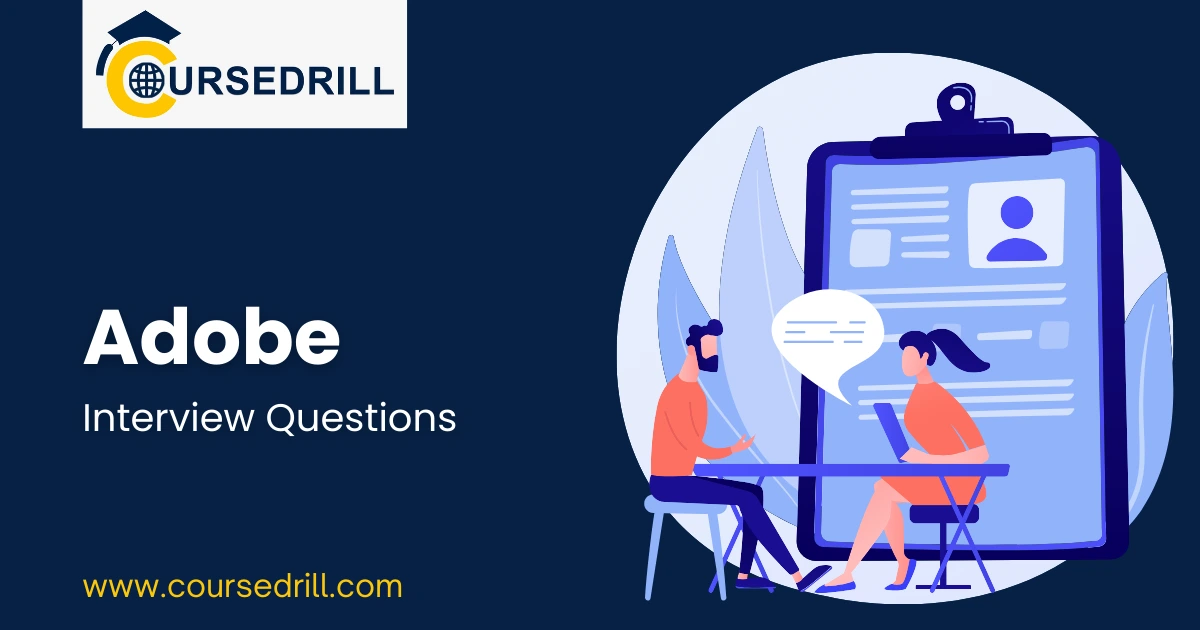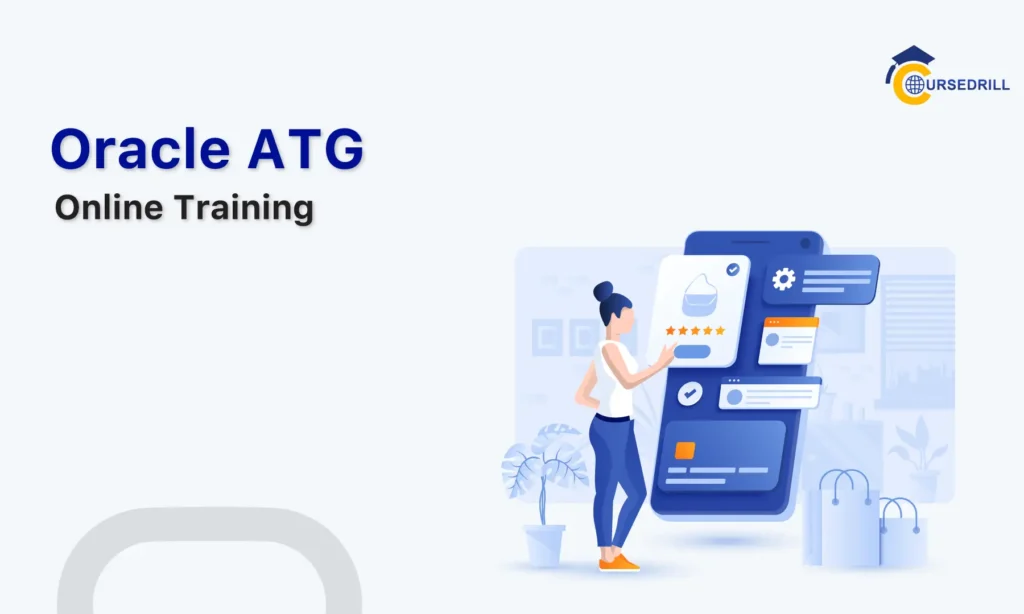- Posted on
- admin
- No Comments
Top 50 Adobe Interview Questions | Essential Guide for AEM Developers
1. What is your understanding of Adobe Experience Manager (AEM)?
Answer: AEM is a comprehensive content management system (CMS) and digital experience platform from Adobe. It empowers businesses to create, manage, and deliver personalized digital experiences across various channels like websites, mobile apps, and social media.
2. Explain the architecture of AEM.
Answer: AEM architecture typically involves: * Dispatcher: Caches content to improve website performance. * Author Instance: Where content is created, edited, and managed. * Publish Instance: Delivers the published content to the end-user. * CRX Repository: Stores all content, configurations, and user data.
3. What are the core components of AEM?
Answer: * Sites: Foundation for creating and managing websites. * Assets: For managing digital assets like images, videos, and documents. * Forms: To create interactive forms for data collection. * Communities: To build and manage online communities.
4. What are templates in AEM?
Answer: Templates define the structure and layout of pages within AEM. They determine the placement of components and their behavior.
5. What are components in AEM?
Answer: Components are the building blocks of AEM pages. They represent individual elements like text, images, forms, and more.
6. How does AEM handle content personalization?
Answer: AEM leverages data such as user behavior, demographics, and preferences to deliver personalized content experiences.
7. What is AEM Touch UI?
Answer: Touch UI is the user interface for authoring and managing content within AEM. It provides a modern and intuitive experience.
8. Explain AEM workflows.
Answer: Workflows automate tasks like content approval, publishing, and versioning, streamlining content operations.
9. What is OSGi in the context of AEM?
Answer: OSGi (Open Service Gateway Initiative) is a modular framework that allows for the development and deployment of custom functionalities within AEM.
10. What are Sling Models in AEM?
Answer: Sling Models are a modern approach to developing custom components in AEM. They provide a more object-oriented and maintainable way to handle data and logic.
11. What is the difference between author and publish instances in AEM?
Answer: * Author: Where content is created, edited, and reviewed. * Publish: Where the finalized content is delivered to the end-user.
12. How do you handle content versioning in AEM?
Answer: AEM provides built-in versioning capabilities to track changes and revert to previous versions of content.
13. What are some common AEM development challenges?
Answer: * Performance optimization * Large-scale deployments * Integration with other systems * Maintaining code quality and consistency
14. How do you ensure accessibility in AEM?
Answer: By following accessibility guidelines (WCAG) and using AEM’s built-in accessibility features.
15. What is AEM Dispatcher and how does it improve performance?
Answer: Dispatcher is a caching layer that improves website performance by serving static content directly from the cache.
16. How do you troubleshoot AEM issues?
Answer: By using AEM’s logging and debugging tools, analyzing logs, and utilizing AEM’s support resources.
17. What are some best practices for AEM development?
Answer: * Use a consistent coding style. * Write unit tests. * Optimize images and other assets. * Regularly review and update content.
18. What are some of the latest features of AEM?
Answer: (Research the latest AEM releases and their key features)
19. How do you integrate AEM with other Adobe products?
Answer: AEM integrates seamlessly with other Adobe products like Adobe Analytics, Adobe Target, and Adobe Campaign.
20. What is the role of a content author in AEM?
Answer: Content authors use the AEM interface to create, edit, and manage website content.
21. What are some of the common AEM use cases?
Answer: * Website development and management * Digital asset management * E-commerce * Content personalization
22. How do you manage user permissions in AEM?
Answer: AEM provides granular user permissions and roles to control access to different parts of the system.
23. What are some of the common AEM development tools?
Answer: * Eclipse IDE * IntelliJ IDEA * Maven * Git
24. What are some of the challenges of working with AEM?
Answer: * Steep learning curve * Complexity of the platform * Troubleshooting performance issues
25. How do you ensure data security in AEM?
Answer: By implementing security measures such as encryption, access control, and regular security audits.
26. What are some of the alternatives to AEM?
Answer: * WordPress * Drupal * Sitecore * Magnolia * Liferay
27. Explain the concept of a day CQ in AEM.
Answer: A day CQ (now known as AEM) refers to a single day of development and configuration within the AEM platform.
28. What is the purpose of the AEM Sightly templating language?
Answer: Sightly is a lightweight templating language that simplifies the development of AEM components.
29. How do you handle internationalization and localization in AEM?
Answer: AEM provides features for creating multilingual websites and adapting content to different locales.
30. What is the role of a DAM in AEM?
Answer: The Digital Asset Management (DAM) feature within AEM helps manage and deliver digital assets like images, videos, and documents.
31. Explain the concept of a content fragment in AEM.
Answer: Content fragments allow you to create reusable content blocks that can be easily integrated into multiple pages.
32. How do you optimize AEM for search engines (SEO)?
Answer: By following SEO best practices within AEM, such as optimizing metadata, creating sitemaps, and ensuring proper indexing.
33. What are some of the common AEM performance issues?
Answer: * Slow page load times * High CPU or memory usage * Database bottlenecks
34. How do you monitor AEM performance?
Answer: By using AEM’s monitoring tools, analyzing logs, and utilizing third-party monitoring services.
35. What are some of the best practices for AEM authoring?
Answer: * Use consistent naming conventions. * Utilize AEM’s built-in features effectively. * Regularly review and update content.
36. What is the difference between a page and a component in AEM?
Answer: * Page: Represents a complete web page with a defined structure. * Component: A reusable building block within a page.
37. How do you create custom components in AEM?
Answer: By developing custom Java code and using AEM’s component development framework.
38. What are some of the challenges of integrating AEM with other systems?
Answer: * Data synchronization * API compatibility * Maintaining integrations
39. How do you handle security vulnerabilities in AEM?
Answer: By regularly patching AEM, implementing security best practices, and conducting security audits.
40. What is the role of a system administrator in AEM?
Answer: System administrators manage the AEM environment, including installations, upgrades, and user administration.
41. How do you handle large-scale deployments in AEM?
Answer: By utilizing tools like package manager and following a phased deployment approach.
42. What is the importance of testing in AEM development?
Answer: * Ensures functionality and stability. * Identifies and fixes bugs early in the development process.
43. What are some of the common AEM deployment strategies?
Answer: * Blue-green deployments * Canary deployments * Rolling deployments
44. How do you troubleshoot AEM replication issues?
Answer: By checking replication agents, analyzing logs, and verifying network connectivity.
45. What are some of the key considerations for choosing AEM?
Answer: * Business requirements * Budget * Team expertise * Integration needs
46. What is the role of a project manager in an AEM project?
Answer: * Planning and executing the project. * Managing the project budget and timeline. * Coordinating with the development team and stakeholders.
47. How do you ensure data consistency between author and publish instances?
Answer: By utilizing AEM’s replication mechanism and monitoring for any inconsistencies.
48. What are some of the common AEM integration patterns?
Answer: * Web Services (REST/SOAP) * Event Listeners * Sling Models
49. How do you contribute to the AEM community?
Answer: * Participating in online forums and communities. * Contributing to open-source AEM projects. * Sharing knowledge and best practices.
50. What are your career goals related to AEM?
Answer: (This is a personal question, tailor your answer to your specific career aspirations)
Note: This list provides a foundation for your Adobe Interview preparation. Remember to research the latest AEM features, industry trends, and best practices to enhance your understanding and increase your chances of success.
Popular Courses



